Sitges is a small coastal town located 30 minutes southwest of Barcelona, Spain. It is a perfect family destination with more than 300 days of sun a year. It is a little town surrounded by the hills of the Garraf National Park. Sitges provides different attractions include Art Nouveau buildings, picturesque lanes, festivals, museums, and beautiful beaches.
Check out our list of the top 7 best attractions you can visit in Sitges, Spain:
1- Relaxing on the playa:
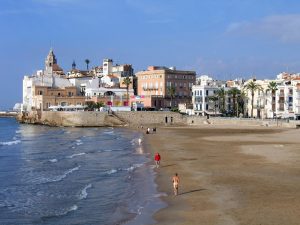 via – shbarcelona
via – shbarcelona
Sitges has beautiful beaches right on its doorstep. It boasts 17 beaches extending about 2 miles. One of the best things about Sitges is wide golden beaches are great to keep your children safe, happy, and entertained. Moreover, The most famous beaches in Sitges are between the church La Punta and the sea promenade the Terramar Hotel. It includes seven beaches, all of them surrounded by rocky piers on either side. They help to guard the beaches for safety and keep the large waves tamer.
2- A tour of Cau Ferrat Museum:
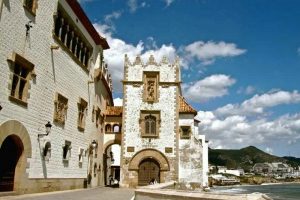 via – hisour
via – hisour
The Cau Ferrat Museum was founded in 1893 and became a public museum in 1933. It is the home of Santiago Rusiñol, a Catalan songwriter and artist. The museum exhibits its lasting legacy through its art collection. The museum hosted artists from across Europe includes works by Picasso, Zuloaga, Enric Clarasó, R. Pichot, and many others. Likewise, ancient and modern pieces of ceramics, paintings, furniture, sculptures, and more.
3- Visit the Palau de Maricel Museum:
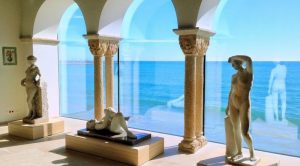 via – utopia
via – utopia
Maricel Museum is known as Maricel de Terra in Sitges, Spain. The museum includes more than 3,000 artifacts, some of which date back to the 10th century. Besides, the museum celebrates its collection of works from the Luminism, Modernist, and Noucentista art movements. The exhibition starts in the middle Ages before entering into the 20th century. The Maricel Museum is set overlooking the sea. Also, the views from inside the gallery are stunning, as well as the museum hosts cultural events, civic proceedings, concerts, and numerous private affairs.
4- San Bartolome Church and Santa Tecla Parish:
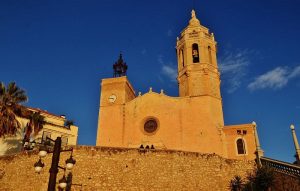 via – local
via – local
San Bartolome and Santa Tecla church is known locally as La Punta in Sitges, Spain. The baroque-style church is one of Sitge’s most attractive monuments, visible all along the Passeig Maritim. This landmark dates back to the 17th century, and it was renovated over the past centuries. The church dominates the surrounding buildings as it overlooks the beach, as well as you climb to the bell tower offers a picturesque view across the town.
5- Festivity at Sitges Carnival:
 via – steemit
via – steemit
The Sitges Carnival is one of the loudest carnivals along the Catalan coastline. It is famous for its colorful floats, outstanding fancy costumes, and late-night parties. This carnival attracts thousands of visitors each year. It takes place in February, and celebrations last for a week. The festival has a tradition known as Fat Thursday, which means to welcome the King of Carnival alongside colorful flourishes and live music.
6- Take a walk along the Sitges promenade “Passeig Maritim”:
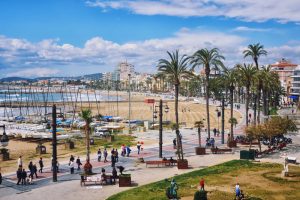 via – travelinspires
via – travelinspires
The Sitges beach promenade is one of the best places where you can take a walk and clear your mind. It stretches from the Sant Bartomeu church to the Sunway Hotel. The promenade is wide for bikers, joggers, cyclists, and skate-boarders. The promenade is ideal for a leisurely walk to admire the view of the beaches and the sea. As you walk, notice the beautiful mansions that line the road some of them are the most expensive real estate in Spain.
7- Parc Natural del Garraf:
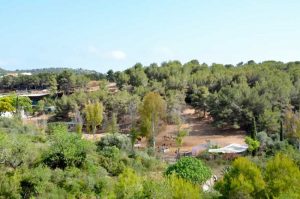 via – visitsitges
via – visitsitges
The Garraf Natural Park surrounds Sitges and is situated on the small mountain range called the Garraf Massif. If you are a nature lover, this park is a perfect place for adventure and explore how life was before. The park covers 12,820 hectares of limestone hills, forming caves, potholes, sinkholes, and limestone pavements. This area has the most remarkable buildings are the farmhouses (masías) that were associated with agricultural activity such as Can Marcer, Mas Quadrell and Can Grau (wine) and Mas Maiol, el Carxol and Vallgrassa (goat herding).

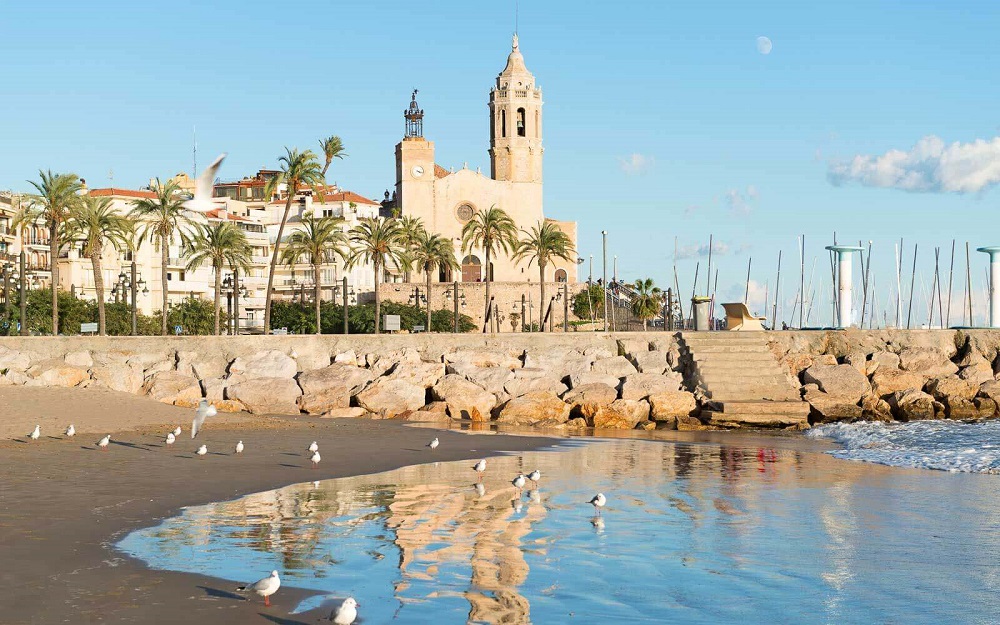
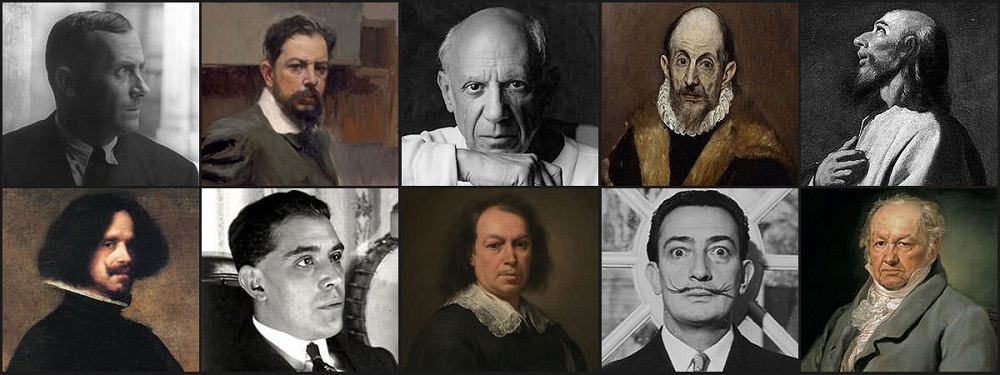 Top 10 Most Famous Spanish Artists and their Arts
Top 10 Most Famous Spanish Artists and their Arts
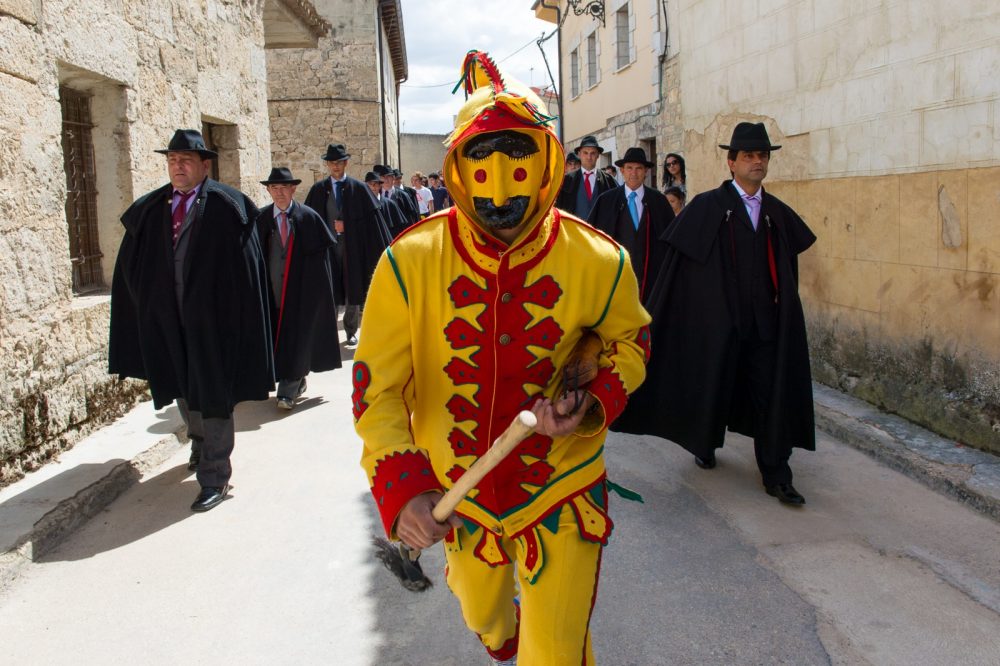 El Colacho, the Baby Jumping Festival in Murcia Spain
El Colacho, the Baby Jumping Festival in Murcia Spain
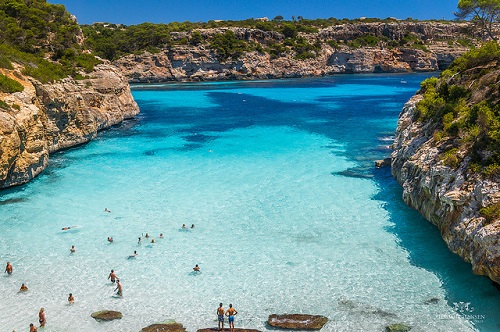 Discover The Most Beautiful Places In Mallorca, Spain
Discover The Most Beautiful Places In Mallorca, Spain